Irrigation represents one of the human interventions with the most impact on the water cycle, considering that irrigation agriculture represents 70% of the water consumed worldwide. Knowledge of the distribution and extent of irrigated areas, as well as the amount of water used for irrigation, plays a fundamental role both in simulating irrigation water needs and in quantifying the impact of the irrigation on the climate, the flow of the rivers and the exhaustion of the underground waters.
Obtaining high-quality information on irrigation on the global scale is difficult, especially in terms of quantifying the water actually used for irrigation. The main objective of the IRRIGATION+ project is to explore, develop and validate advanced Earth observation data sets and algorithms (spatial remote sensing) and algorithms for mapping and quantifying risks on a regional or global scale. In particular, the project focuses on the latest advances in Earth observation, according to the missions of the European Space Agency (ESA) Sentinel, in synergy with other types and models of data. This project, financed by ESA, is led by IRPI-CNR (Italy) and has the presence of research centers and companies in Europe in the consortium. The Catalan partner is the Ebro Observatory (URL-CSIC), located in Roquetes (Baix Ebre).
This project will focus its efforts on a few pilot areas, including the Ebro basin. The Ebro Hydrographic Confederation (CHE) collects extensive meteorological and hydrological data through its automatic hydrological information system (SAIH), which is complemented by real-time modeling. Therefore, it is a data-rich basin. However, currently the CHE does not collect data on water use once it has left the main channels and is transported to the fields for irrigation. The data on irrigation practices at the level of the plot available to the CHE come from the cadaster and surveys. As a consequence, this information may not coincide with the actual use of water on the land. In this project, the products generated by IRRIGATION+ will be used to validate the data on agricultural practices available for hydrological planning (identification of irrigation plots and volumes of water actually applied to the demarcation). The target assignments used to prepare reports of compatibility with the Hydrological Plan will also be validated.
In Catalonia, the Office of the Irrigator-- EA Tàrrega of the Department of Agriculture, Livestock, Fishing and Food--supports initiatives, both public and private, related to everything related to irrigation. It favors the efficiency, competitiveness and sustainability of irrigation, and also the use of new technologies in irrigation management and programming. The Irrigation Office often collaborates with the General Irrigation Communities, which groups irrigation owners within their respective concession areas. Among other tasks, communities manage the distribution of water to farmers. Some of these communities have modernized their irrigation systems or plan to do so in the near future. The transition to modern irrigation methods presents a great technical, economic and social challenge and any data that can help inform the impacts of the transition will be useful for the Irrigation Community and also for the Office of the Irrigator. The IRRIGATION+ data will be used to quantify the differences in terms of actual water use, areas irrigated by modern methods, and traditional irrigation. These impacts will also be analyzed in the SURFEX simulations (without irrigation, modern irrigation and traditional irrigation), which will allow quantifying evapotranspiration and drainage in these areas and, in addition, will allow testing different irrigation methods in the same area.
This article was originally published on RuralCat (link).

